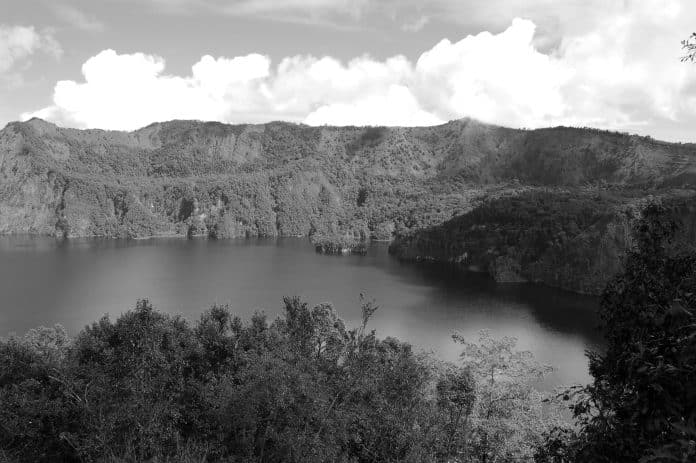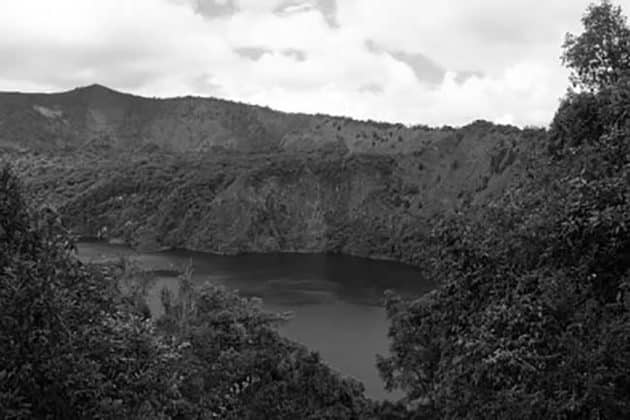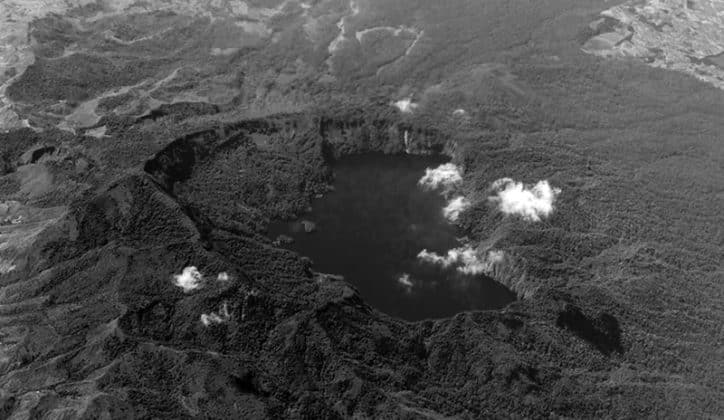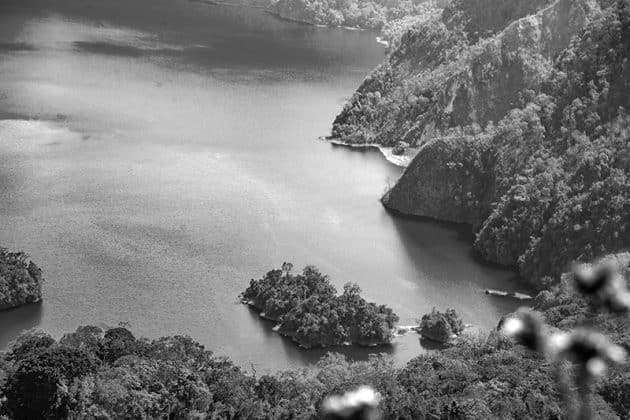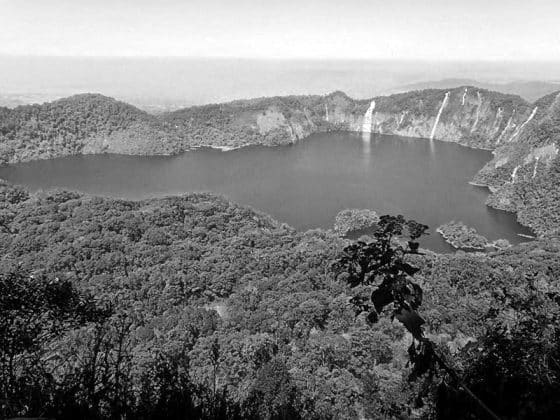Lake Ngozi Mbeya – Overview, Local Myths, and Folk Tales
Lake Ngozi (also known as Lake Ngosi or just Ngozi Crater Lake) is Africa’s second-biggest crater lake. It is located near Tukuyu, a tiny town in southern Tanzania’s Mbeya Region, in Rungwe District’s highland. It is among the Poroto Mountains, and the caldera’s northern rim is the range’s highest point. Phonolytic and Trachytic lavas make up the majority of the caldera. The Kitulo pumice was created 12,000 years ago in a Plinian eruption, probably in the eruption that created the caldera. Other deposits of the eruption include the Ngozi Tuff (from a few thousand years ago) as well as the surge deposits at Ituwa surge, which are younger than the Kitulo pumice but older than the Ngozi Tuff. Around 1450 CE, the most recent activity produced a pyroclastic flow that moved 10 kilometers southward. The volcano is surrounded by pyroclastic cones. With the exception of areas eroded by landslides and sheer cliffs that prevent access to the sea, the caldera’s walls are wooded. The inner caldera is wooded with Hagenia anyssinia, Maesa lanceolata, and Albizia gummifera, with significantly fewer tree species than the nearby mountains, indicating the volcano’s recent geological origin. Although the caldera itself is not prone to hydrothermal activity, massive subaqueous CO2 emissions coupled with local stories about the lake’s killing power suggest that limnic eruptions are a possibility. As per echo-sounding, the lake floor is flat and devoid of terraces.
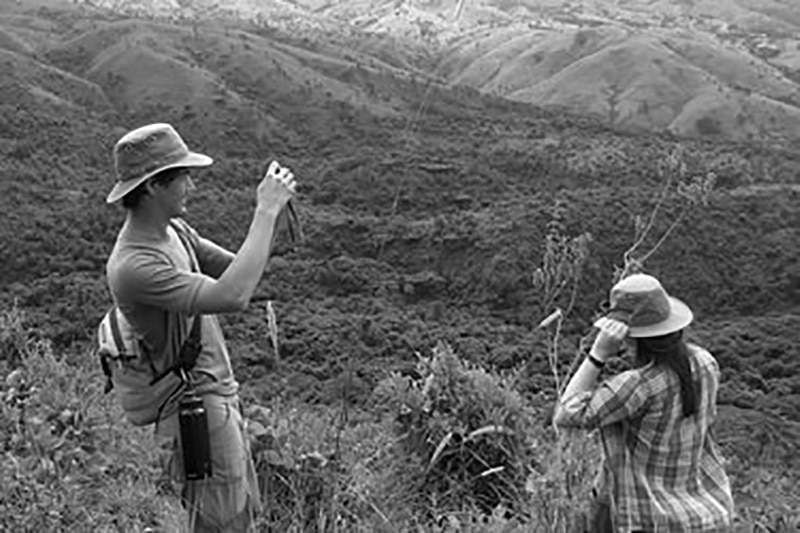
Lake Ngozi level does not fluctuate much, with only modest changes between the rainy and dry and seasons. Above it, air temperatures are about 18 °C, with just small seasonal changes.
The forests were occasionally inhabited by Safwa hunters. According to reports from 2013, a geothermal project was to begin the next year in the neighborhood of the volcano midway between Ngozi and Mbeya town.
Local Legends and Myths Surrounding Lake Ngozi in Mbeya
The volcanic Lake Ngozi and its surroundings are wrapped with a plethora of local mythology and folk stories.
Lwembe, the Shaman
According to the Nyakyusa People (a Southern Tanzanian ethnic group), a shaman named Lwembe was chased from his natal town (Ukwama, Makete region) to Lake Ngozi when the people became tired of his false magic.
The livestock of the indigenous tribe began to vanish once Lwembe became a resident near the water’s edge. Villagers also started to go missing after getting too close to the lake. Elders of Nyakyusa dispelled the region by casting their own charms while rolling a massive boulder into the water that had been set in the middle of fire for 3 days. The evil’s spell over Lake Ngozi stopped since then.
The Colonial German Soldiers Wealth
The most well-known myth and folk legend related to Lake Ngozi is about a group of Colonial German soldiers who threw their wealth into the lake. They cast a spell on the Lake to secure the gold and thwart any attempts to recapture it by others. Some versions of the legend indicate that this resulted in the release of toxic fumes (which is presently known to be probably connected to a Limnic eruption), while others tell that the treasure is guarded by a twelve-headed serpent that emerges to the surface during sunny days. Whether or not there was ever a treasure is unknown.
Lake Ngozi Photos
For more articles related to lakes in Tanzania and their inhabitants click here!
























